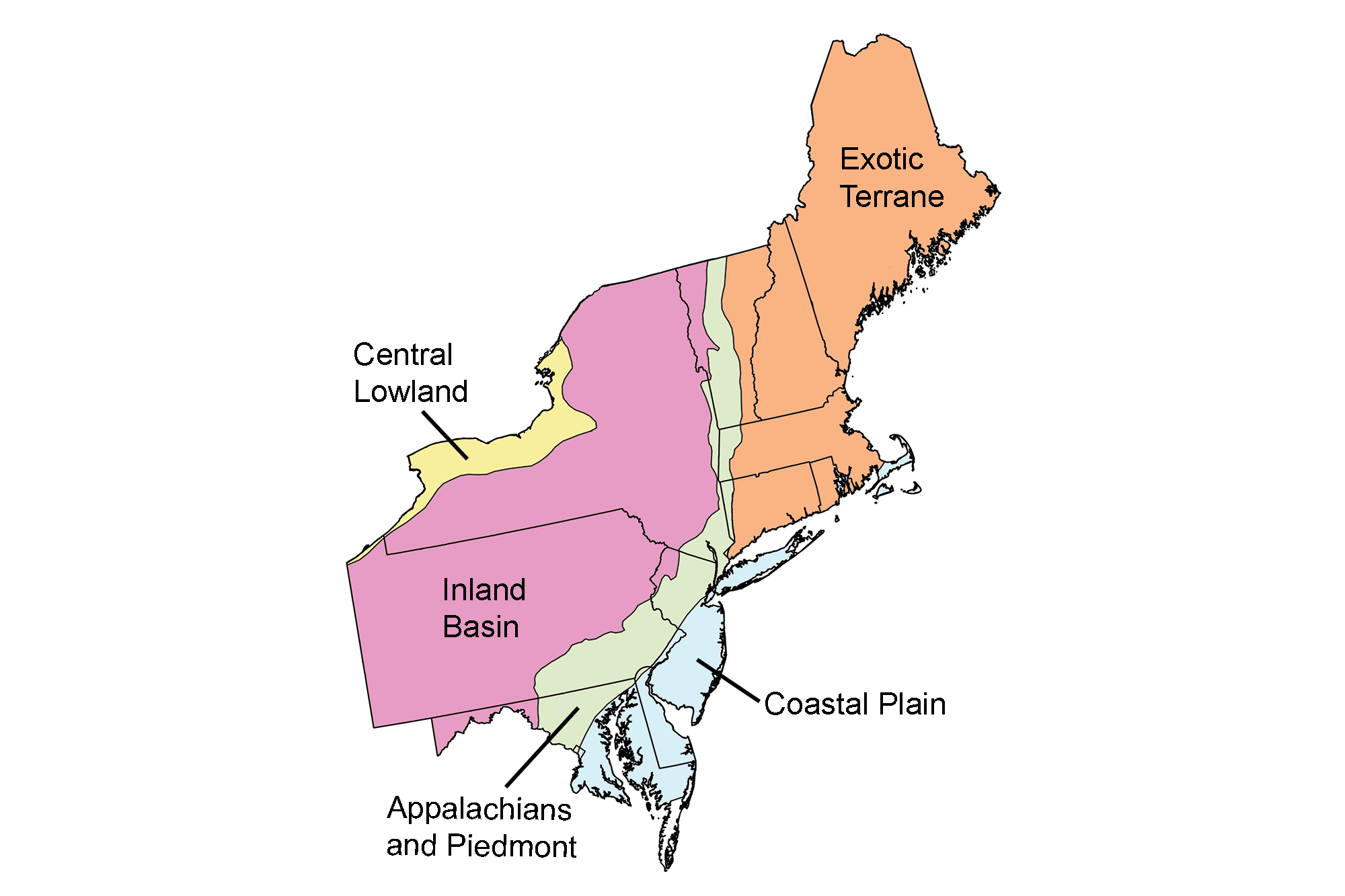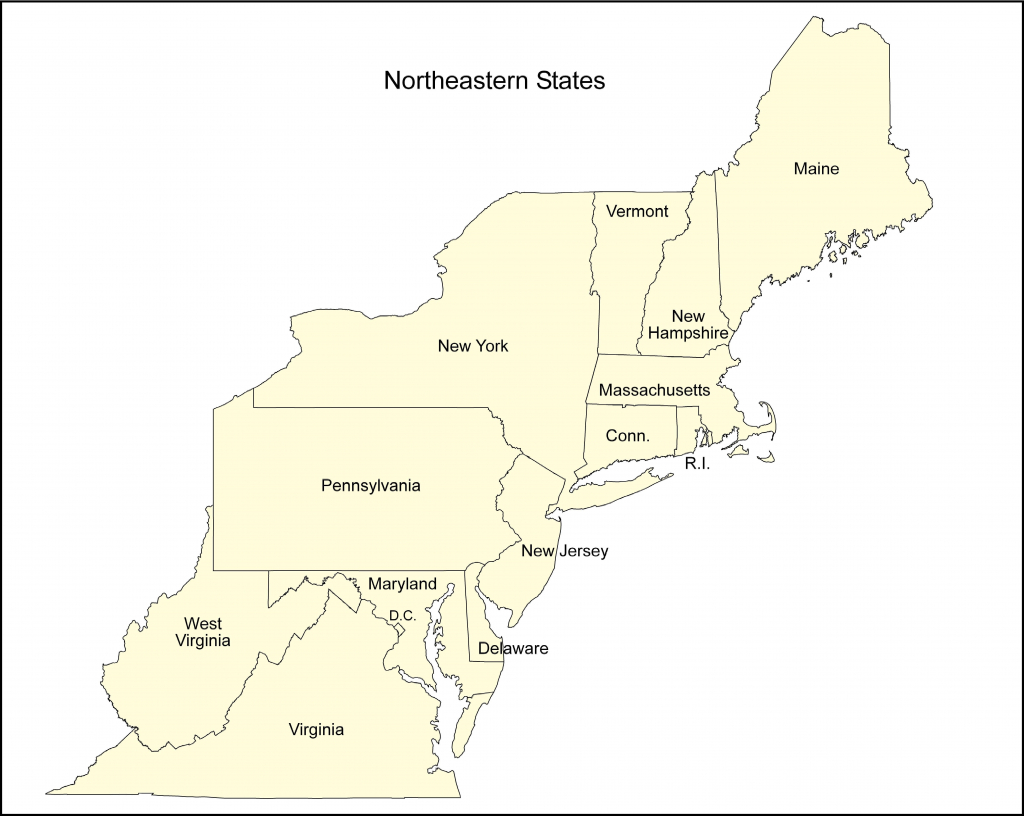So, you're curious about the animals in the northeast region of the United States? You’ve come to the right place, my friend. This region is a treasure trove of biodiversity, and we’re about to dive deep into the lives of the creatures that call it home. From the dense forests to the bustling wetlands, the northeast is teeming with wildlife that will blow your mind. Whether you're a nature enthusiast or just someone who loves animals, this article has got you covered.
Imagine walking through the lush green forests of Maine or exploring the serene waters of Lake Champlain. The northeast is not just about its picturesque landscapes; it’s also about the incredible animals that live there. We’re talking about everything from majestic mammals to tiny insects that play a crucial role in the ecosystem. So, buckle up because we’re about to embark on an adventure you won’t forget.
Before we dive into the nitty-gritty details, let’s set the scene. The northeast region of the United States is home to some of the most diverse ecosystems in the country. It spans from Maine all the way down to West Virginia, covering a wide range of habitats. This diversity creates the perfect environment for a variety of animals to thrive. Now, let’s get started and explore the fascinating world of animals in this region.
Read also:Benson Langehough Funeral Home Obituaries A Heartfelt Tribute To Lives Remembered
Here’s a quick guide to help you navigate this article:
- Biography of the Northeast Region
- Mammals in the Northeast
- Birds in the Northeast
- Reptiles and Amphibians
- Fish in the Northeast Waters
- Insects and Arachnids
- Conservation Efforts
- Threats to Wildlife
- Tips for Wildlife Watching
- Conclusion
Biography of the Northeast Region
The northeast region of the United States is like a giant playground for animals. It’s a mix of forests, rivers, mountains, and coastal areas that create a unique environment for wildlife. This region is known for its cold winters and mild summers, which influence the types of animals that live there. From the Adirondacks in New York to the Appalachian Mountains, the northeast is a haven for biodiversity.
Geography and Climate
The geography of the northeast plays a huge role in shaping the animal kingdom. The region is characterized by its rolling hills, dense forests, and extensive wetlands. The climate varies from state to state, but generally, it’s cold in the winter and warm in the summer. This variation in climate allows for a wide range of species to coexist.
For example, animals like the white-tailed deer and black bears are well-suited to the cold winters, while species like the American bullfrog and painted turtle thrive in the warmer months. The northeast is also home to some of the most beautiful national parks and wildlife reserves, which provide safe havens for these creatures.
Mammals in the Northeast
Let’s talk about the big boys and girls of the animal kingdom – the mammals. The northeast is home to a variety of mammals, ranging from the tiny little shrews to the mighty moose. These animals are fascinating, and each one plays a vital role in the ecosystem.
Common Mammals
Here’s a quick list of some of the most common mammals you’ll find in the northeast:
Read also:Paige Obrien Age Unveiling The Star Beyond The Screen
- White-tailed Deer: These graceful animals are a common sight in the forests of the northeast. They’re known for their speed and agility.
- Black Bear: The black bear is one of the largest mammals in the region. Despite their size, they’re surprisingly good climbers.
- Raccoon: These clever critters are known for their mischievous behavior. They’re often found near water sources, where they love to hunt for food.
- Coyote: The coyote is a symbol of survival in the wild. They’re highly adaptable and can be found in a variety of habitats.
Birds in the Northeast
Birdwatchers, rejoice! The northeast is a paradise for bird enthusiasts. From the colorful warblers to the majestic bald eagles, the region is home to a wide variety of bird species. Whether you’re a seasoned birder or just starting out, the northeast has something for everyone.
Top Bird Species
Here are some of the most popular bird species in the northeast:
- Bald Eagle: The national bird of the United States, the bald eagle is a symbol of strength and freedom. They’re often seen soaring above the rivers and lakes of the northeast.
- Great Blue Heron: These tall, elegant birds are a common sight in the wetlands of the region. They’re known for their patience when hunting for fish.
- Common Loon: The haunting call of the common loon is a signature sound of the northeast. They’re often found on the region’s many lakes and ponds.
Reptiles and Amphibians
Reptiles and amphibians might not be as glamorous as mammals or birds, but they’re just as important. These creatures play a crucial role in maintaining the balance of the ecosystem. The northeast is home to a variety of reptiles and amphibians that are both fascinating and essential.
Key Species
Here are a few reptiles and amphibians you might encounter in the northeast:
- Eastern Box Turtle: These cute little turtles are a common sight in the forests of the northeast. They’re known for their colorful shells.
- Green Frog: The green frog is a staple of the wetlands in the region. They’re great swimmers and hunters.
- Wood Frog: The wood frog is a true survivor. They can freeze solid during the winter and thaw out in the spring, ready to breed.
Fish in the Northeast Waters
The waters of the northeast are teeming with life. From the mighty Atlantic Ocean to the serene lakes and rivers, the region is home to a wide variety of fish species. Fishing enthusiasts will find plenty to love in the northeast, whether they’re casting a line in the ocean or fly fishing in a mountain stream.
Popular Fish Species
Here are some of the most popular fish species in the northeast:
- Striped Bass: Known for their fighting spirit, striped bass are a favorite among anglers. They’re often found in the coastal waters of the region.
- Brook Trout: The brook trout is a symbol of clean, clear waters. They’re a favorite among fly fishermen and are often found in the region’s mountain streams.
- Bluefish: These aggressive predators are a common sight in the coastal waters of the northeast. They’re known for their speed and strength.
Insects and Arachnids
Let’s not forget about the little guys – the insects and arachnids. These creatures might be small, but they’re mighty. They play a crucial role in pollination, decomposition, and as a food source for larger animals. The northeast is home to a wide variety of insects and arachnids that are both fascinating and essential.
Notable Species
Here are a few insects and arachnids you might encounter in the northeast:
- Monarch Butterfly: These beautiful butterflies are known for their incredible migration patterns. They’re a common sight in the northeast during the summer months.
- Praying Mantis: The praying mantis is a fascinating insect known for its unique hunting techniques. They’re often found in gardens and fields.
- Black Widow Spider: While they might be a little scary, black widow spiders are an important part of the ecosystem. They help control insect populations.
Conservation Efforts
Conservation is key to ensuring that the animals of the northeast continue to thrive. There are many organizations and initiatives dedicated to protecting the wildlife of the region. From national parks to local wildlife reserves, there are plenty of places where animals can live safely and freely.
Important Initiatives
Here are a few conservation efforts making a difference in the northeast:
- National Parks: National parks like Acadia and Shenandoah provide safe havens for wildlife. They offer protected areas where animals can live without the threat of human interference.
- Wildlife Reserves: Local wildlife reserves work to protect specific species and habitats. They often focus on endangered species and work to restore their populations.
- Research Programs: Research programs are essential for understanding the needs of wildlife and developing effective conservation strategies. They provide valuable data that helps guide conservation efforts.
Threats to Wildlife
Unfortunately, the animals of the northeast face a variety of threats. Habitat loss, pollution, and climate change are just a few of the challenges they must overcome. It’s important for us to understand these threats and work together to protect the wildlife of the region.
Major Threats
Here are some of the biggest threats facing wildlife in the northeast:
- Habitat Loss: As human populations grow, natural habitats are often destroyed to make way for development. This leaves animals with fewer places to live.
- Pollution: Pollution from industrial activities and agriculture can have devastating effects on wildlife. It can contaminate water sources and harm animals that rely on them.
- Climate Change: Climate change is altering the environment in ways that make it difficult for some species to survive. Rising temperatures and changing weather patterns are just a few of the challenges they face.
Tips for Wildlife Watching
If you’re planning a trip to the northeast to see the wildlife, here are a few tips to make the most of your experience:
- Bring Binoculars: Binoculars are essential for getting a closer look at wildlife without disturbing them.
- Be Patient: Wildlife watching requires patience. Animals don’t always appear on cue, so be prepared to wait.
- Respect the Animals: Always remember to respect the animals and their habitats. Keep a safe distance and avoid disturbing them.
Conclusion
And there you have it, folks. The northeast region of the United States is a true paradise for wildlife enthusiasts. From the majestic mammals to the tiny insects, the animals of this region are fascinating and essential. It’s important for us to understand and protect these creatures so that they can continue to thrive for generations to come.
So, what are you waiting for? Grab your binoculars and head out to explore the incredible world of animals in the northeast. And don’t forget to share your experiences with us in the comments below. Who knows, you might just inspire someone else to take up wildlife watching!


